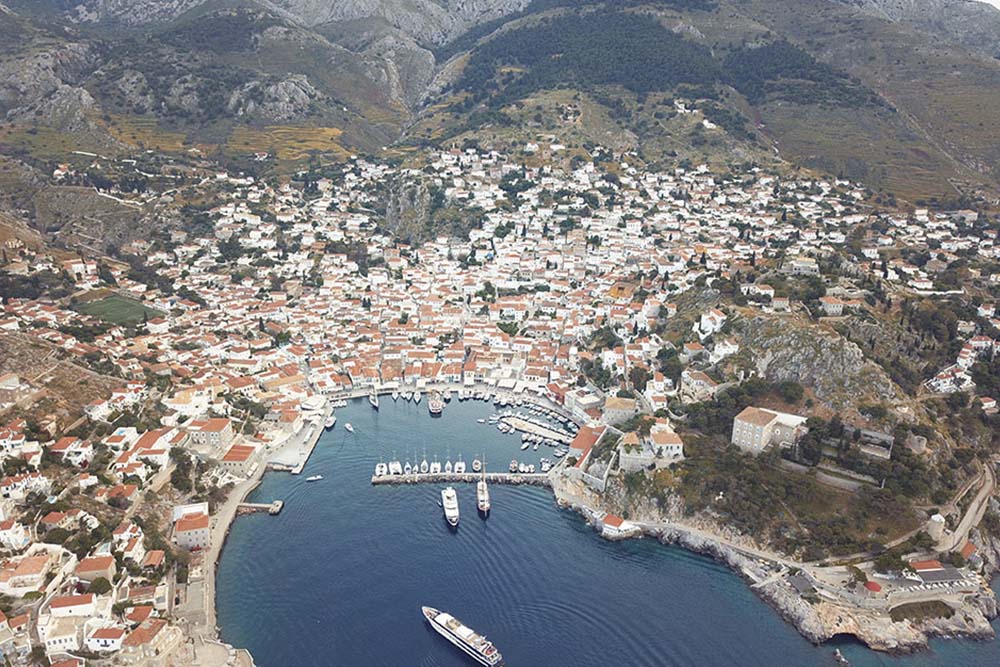Saronic, Greece
- Home
- /
- Destinations
- /
- Mediterranean
- /
- Saronic, Greece
Saronic, Greece
REVIEW
The Saronic Islands are a group of islands located in the Saronic Gulf, spanning the region from Attica to the Peloponnese. The main islands in this group are Salamis, Aegina, Hydra, and Dokos, among others.
TIPS
- Visit the Temple of Aphaia, of Doric order, one of the three temples of the sacred triangle of the Parthenon, Sounion, and Aphaia. It is located on the Argosaronic island of Aegina
- Stop by Hydronetta Cocktail on the island of Hydra for an aperitif while watching the sunset
- Visit Spetses and its beaches near the city, College and Agia Marina, which are used for water sports
- Explore the ancient city of Nafplion
ITINERARY (7 days)
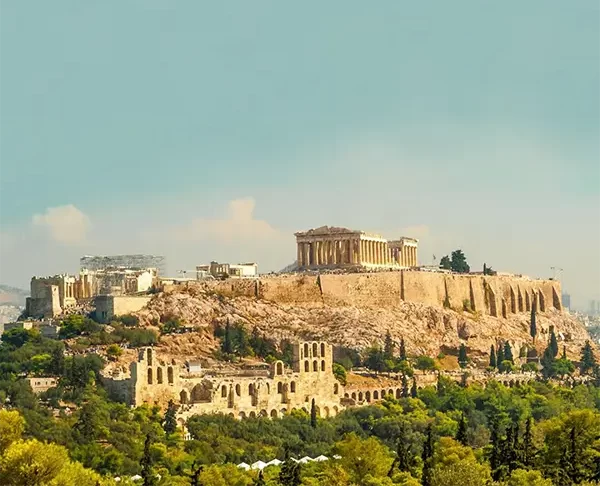
DAY 1 – Athens – Aegina
Your first day begins in Athens, one of the most famous cities in Greece. After boarding, you will sail to the island of Aegina. This island is full of museums and archaeological sites from past centuries. According to myths, the island took its name from a nymph, daughter of the river god Asopos, whom Zeus fell in love with and took her to the island. Although the island is very small, it has many interesting places and natural beauties, especially the famous Temple of Aphea. This temple is part of the so-called “sacred triangle” of antiquity, an equilateral triangle formed with the Parthenon and the Temple of Poseidon in Sounion. The island town is noted for its well-preserved buildings, charming places with unique character, and local culinary delights. Aegina rarely gets many tourists, making it an ideal place to spend the night with your ship.
DAY 2 – Epidaurus or Poros
On your second day, you will set a course for Epidaurus. On your 2-hour cruise, you will enjoy breakfast on board. Here you will find the Amphitheater of Epidaurus, one of the most famous amphitheaters all over Greece, where you can occasionally enjoy its acoustics.
The island of Poros was known as the island of Poseidon. You can visit many museums that exhibit the most famous legends of Greek history and parts of the ancient temple of Poseidon. You can stop at one of its quiet beaches to relax and enjoy a refreshing drink.
Poros has two smaller islands connected by a bridge, both o er its typical flavors. Along the harbor, you can find cafes, restaurants, and bars that keep the local color. The town square is worth a visit, as it includes the archaeological museum and clock tower. A must-see in Poros is the famous “lemon grove” o the coast of the Peloponnese and the temple of Poseidon.
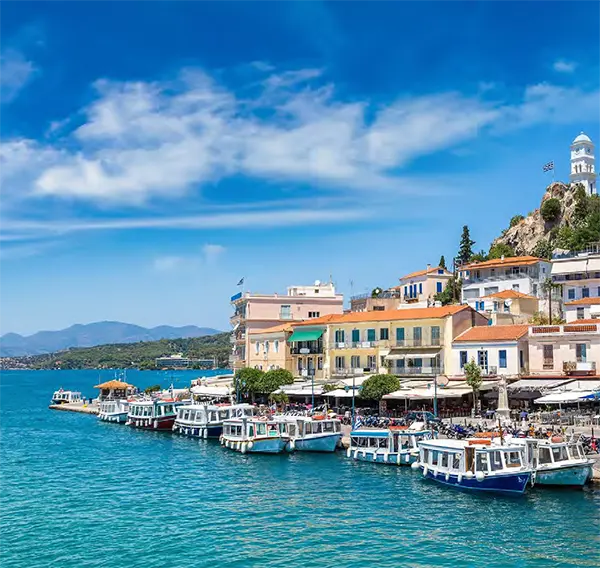
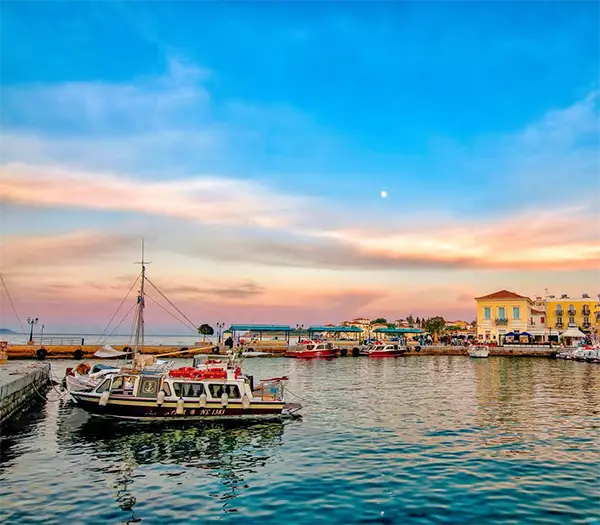
DAY 3 – Dokos – Spetses
The island of Dokos has a small village with no more than 100 inhabitants. It is a perfect island for relaxing and admiring the silence of nature. It has very few tourists since the only way to get there is by boat. You can enjoy beautiful, peaceful white sandy beaches with crystal-clear waters.
Spetses has a lively and historic old town, which is the only town on the island. The rest of the island, surrounded by a simple road, consists of hills, pine forests, and crystal-clear coves. The relaxed town of Spetses has excellent nightlife, some of the best restaurants in the Saronic Gulf, and magnificent places for swimming. With a significant maritime and cultural tradition, the island of Spetses is cosmopolitan and offers high-level tourism. The squares, picturesque churches, strong tourism, and extensive artistic activity impress every visitor.
DAY 4 – Nafplio
Oraio (beautiful) is the word many Greeks use to describe this city, being one of the most beautiful cities in the Argolid region. The town has many hidden spots, impressive views, and charming restaurants, making Nafplion one of the most romantic places in Greece. The old part of the city, a peninsula jutting into the Argolic Gulf, combines Greek, Venetian, and Turkish styles, with narrow streets, huge hills, and incredible architecture.
The city’s history dates back to prehistoric times when its soldiers participated in the Argonaut Expedition and the Trojan War. Ancient walls, medieval castles, monuments and statues, Ottoman fountains, and Venetian or neoclassical buildings captivate visitors with their unique architecture and beauty.
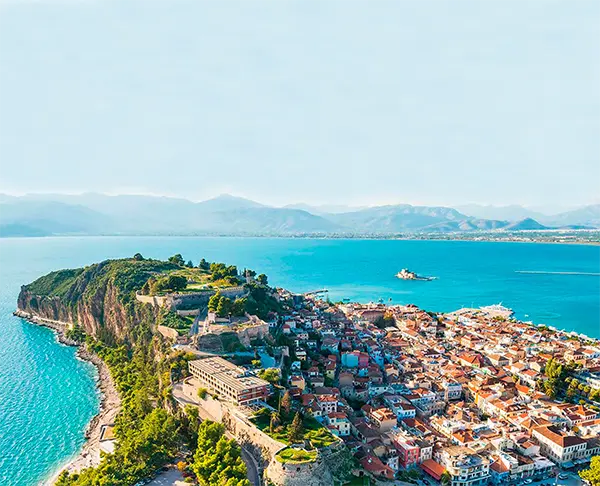
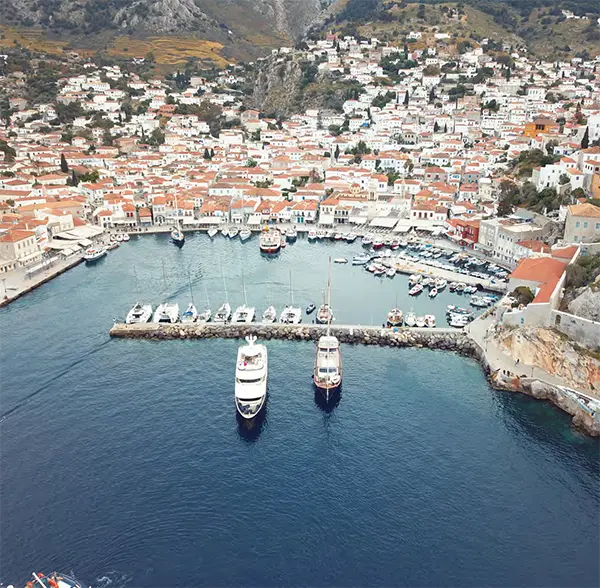
DAY 5 – Hydra
Hydra is truly a gem of the Saronic Gulf, as it is one of the Greek islands without vehicles. The town, which is the center of the entire island, is built around the port. To get anywhere on the island, you have to do so on foot; the locals argue that this is how they want it to remain. Hydra is an island of unique beauty due to its architecture, with small alleys and beautiful stone mansions with courtyards, small gardens, and churches. In addition to the island’s exquisitely preserved stone architecture, the intertwined rural paths and clear, deep waters, you can find a good cappuccino at the port and watch the town’s movement. Hydra offers its visitors a quieter, simpler life during the day and an exciting life at night. The rocky beaches along with the blue waters give the island a wild beauty that is hard to surpass. You can visit the Monastery of Profitis, the island’s current cathedral.
DAY 6 – Agistri
Agistri is just 55 minutes from Piraeus and very close to Aegina. It’s a small slice of heaven on earth located in the Saronic Gulf, covered in plants and trees, with pines “touching” its crystal-clear blue waters. The island’s four communities (Megalochori – Skala – Limenaria – Metochi) are ideal for a wonderful summer vacation.
Unlike most islands, Agistri boasts many traditional recipes not found anywhere else in Greece. Along with the meals, Agistri has traditions and customs that include a vibrant local color waiting to be experienced by guests. Visitors will pay special attention to the land, which is covered 80% by trees, giving a feeling of solitude and peace.
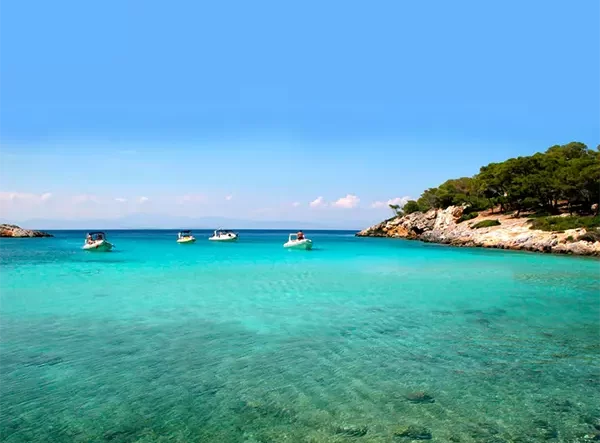
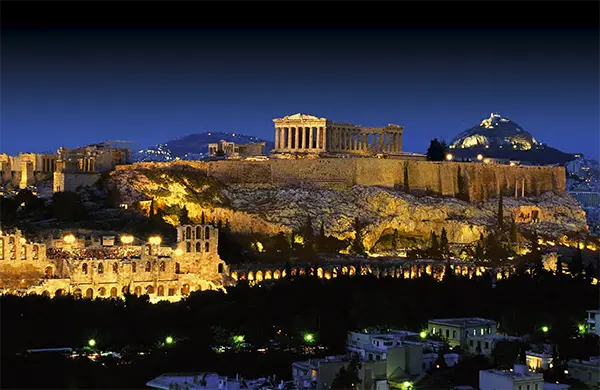
DAY 7 – Serifos or Sifnos Island or Kythnos
On their last day, they will return to Athens, where they can spend the day exploring the beaches in the area and enjoy one last night at one of its bars.
Suggestions:
Beaches in Vouliagmeni, Glyfada, and Varkiza. Visit the Acropolis and the Plaka neighborhood. Spondi Restaurant (two Michelin stars).

Maritimes conditions
General Conditions
There are two dominant winds in Greece, and these can produce conditions that require sailing experience.
Lavrion experiences the Meltemi during the summer months, which can range from 15 to 40 knots for periods of up to 5 days. The winds blow in various directions from the northeast, north, and northwest starting in May. They peak in July and decrease in September.
The Sirocco: The southeast wind is more common in winter, corresponding to the passage of a depression. Occasionally, it can blow in April or late October.
Historical Peak
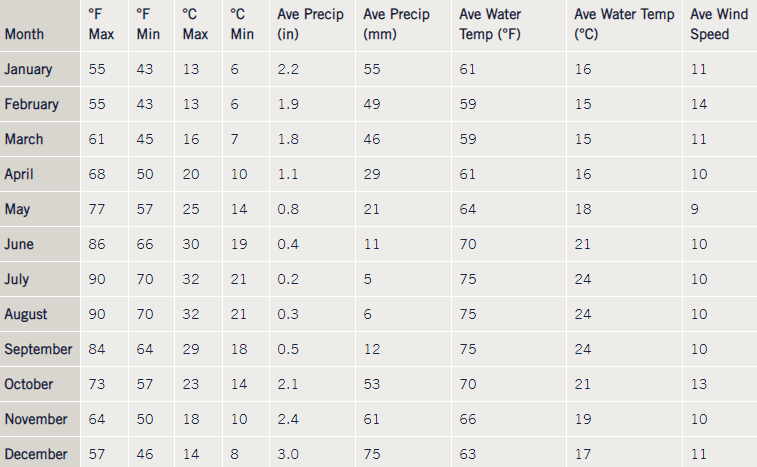
Tides
In the eastern Mediterranean, the tidal range is very low, ranging from 30 cm to 60 cm, including variations in sea level due to atmospheric pressure and dominant winds.
Weather Forecast
The customer can obtain the weather situation at any time by listening to maritime weather forecasts. Weather updates are provided every hour during severe weather conditions.
